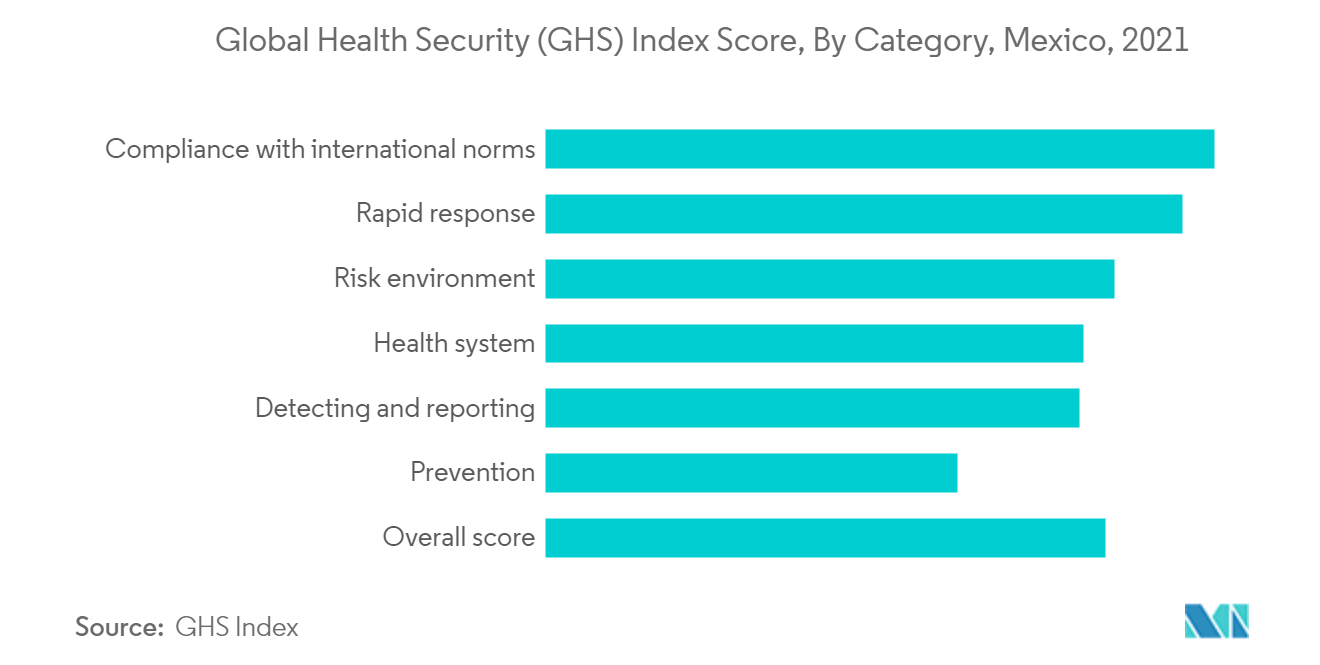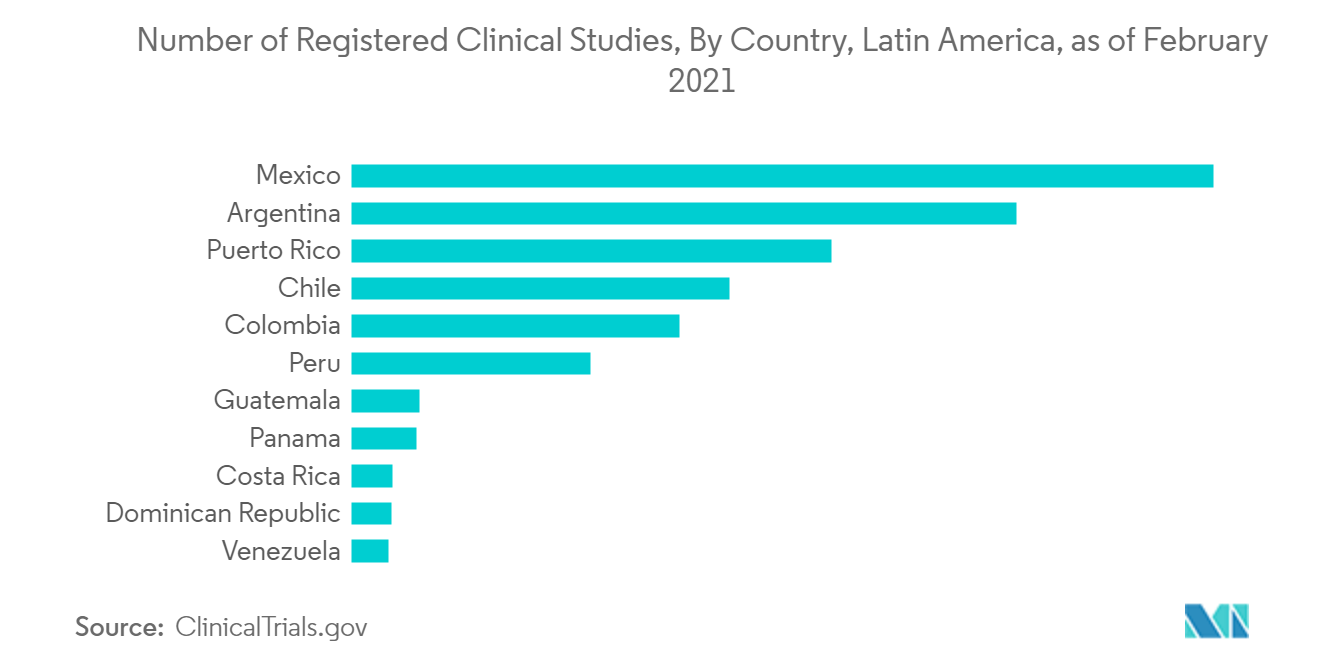Market Trends of Latin America Optical Imaging Industry
This section covers the major market trends shaping the Latin America Optical Imaging Market according to our research experts:
Hyperspectral Imaging is Estimated to Hold a Major Market Share
- Since the last twenty years, hyperspectral imaging(HSI) has witnessed the potential to become a key tool for research and identifying diseases in the healthcare field as it has a non-contact, non-ionizing, and label-free imaging modality.
- The utilization of HSI technology in the healthcare sector is likely to increase in the region. Moreover, the increasing number of investments in the sector is expected to propel the growth of this domain. The healthcare sector is undergoing a large-scale digital transformation, and these technologies are expected to have a major influence on the domain.
- Also, handheld Hyperspectral sensors are being rapidly implemented in healthcare operations for applications, such as rapid non-invasive assessment of healthy or diseased tissue in ambulatory surgery centers and wider use of miniaturized drones or UAVs for emergency rescue efforts, to name a few.
- Moreover, with the increase in the number of cancer patients, the need for cancer-treating equipment has increased. The International Agency for Research on Cancer 2021 reported Uruguay had the highest age-standardized cancer incidence rate among the Latin American countries studied in 2020, with 269.3 new cases per 100,000 people.
- Argentina and Brazil were next, with cancer incidence rates of 218.2 and 215.4, respectively. Meanwhile, in Guatemala, there were 123.1 new cancer cases per 100,000 persons. Lung cancer was the most deadly type of cancer in Argentina that year, inflicting 10.73 thousand fatalities in the country; such a high cancer incidence rate could increase the demand for hyperspectral imaging equipment.
- In Brazil, a drone-mounted hyperspectral camera by the vendor, Gamaya, aims to correlate spectral data with crop physiology to detect disease, weeds, and nutrient deficiencies. The company reported that it mapped around 30,000 hectares of farmland in Brazil.

The Pharmaceutical Sector is Expected to Witness a Robust Growth
- Brazil is the primary recipient of foreign direct investment in Latin America, and it is emerging as a global manufacturing hub for pharmaceutical companies. According to government agency ANVISA (National Agency for Sanitary Control), the healthcare market of Brazil spends USD 158 million annually, with 54% accounted for in the private sector. The local private laboratories have the highest profit in the area, which depicts the increasing opportunity for Optical imaging to capitalize in the region.
- Due to favorable factors, such as low manufacturing costs and the presence of numerous Good Manufacturing Practice (GMP)-certified plants, the pharmaceutical companies are interested in entering the Brazilian market, thereby widening the scope of the contract manufacturing industry in the country. Due to lower investments in R&D within the pharmaceutical industry, Brazil is expected to have significant scope for the contract service providers over the forecast period.
- The local pharmaceutical manufacturing industry is quite dynamic; numerous initiatives related to biotechnological projects took place within this industry. The Brazilian government is attracting investments through support programs of the National Economic and Social Development Bank.
- The healthcare expenditure of the Mexica accounts for 5.5% of the GDP, according to OECD. The health insurance coverage for vulnerable populations expanded over time, accounting for 89.3% among the OECD countries. This has triggered the pharmaceutical companies to eye the Mexican market. However, due to weak support from the government and lower per capita health spending among the Mexican population, there is significant scope for outsourcing pharmaceutical manufacturing.
- Increasing chronic diseases, innovative biopharmaceuticals, medical devices, and assisted technologies, such as e-health and mHealth, are supportive of the pharmaceutical industry's future growth.

